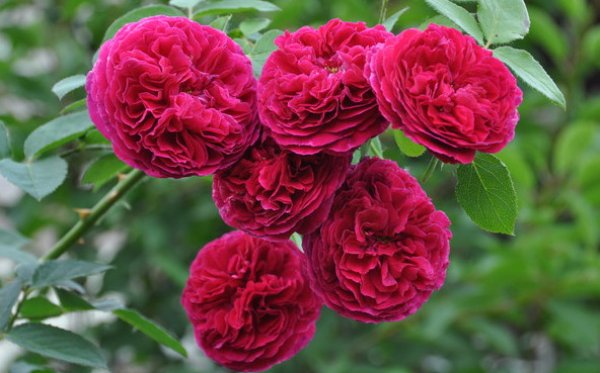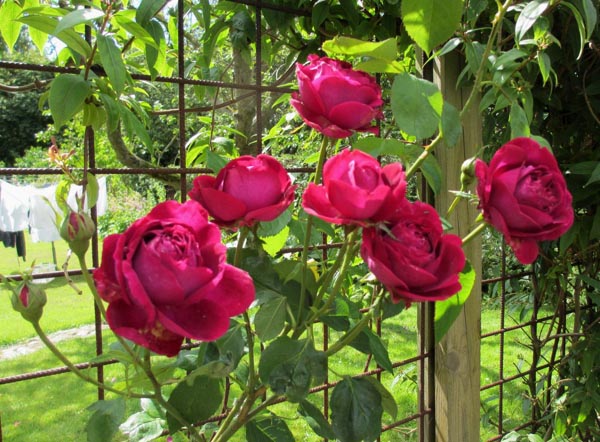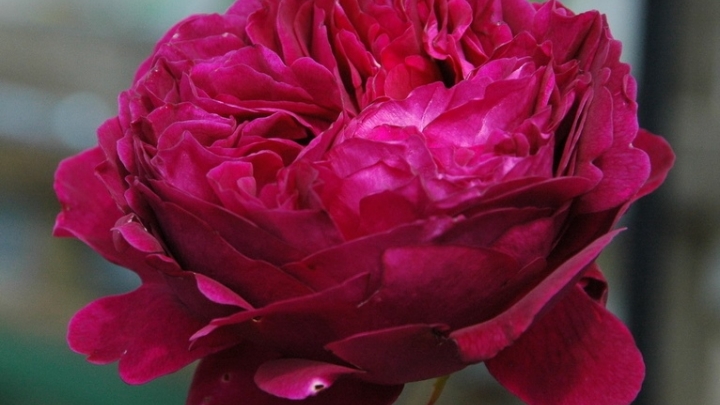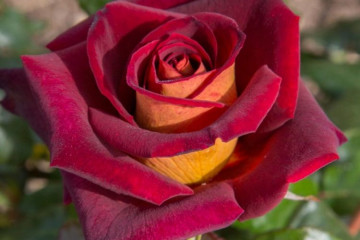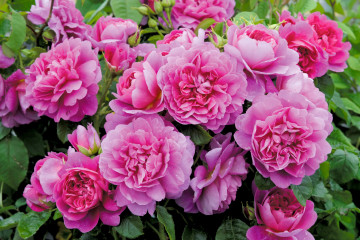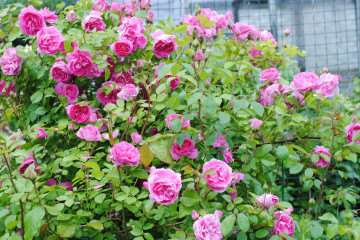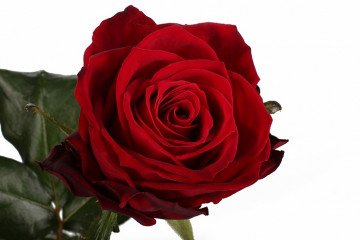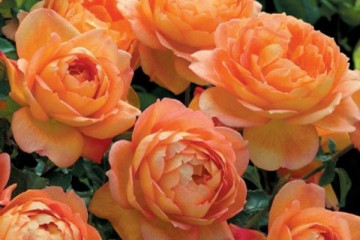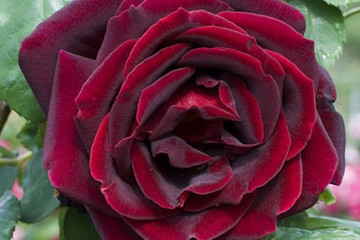Rose Falstaff - variety description
Content:
Rose Falstaff is a variety of English culture with dark purple buds. The plant is characterized by excellent survival rate in different climates. With proper care, this varietal rose blooms for a long time and profusely.
Rose Falstaff - what is this variety
The English rose was named after the hero of Shakespeare's work - the companion of King Henry. The variety was obtained by David Austin in 1999. Moreover, in 2004, the plant was awarded a test certificate in Australia.
The Falstaff rose is characterized by cup-shaped flowers of a dark crimson color with a purple tint. They reach 9-11 cm in diameter. The petals have a dense double structure and curl towards the center. The buds have a pronounced aroma.
According to the description of the Falstaff rose, it is characterized by abundant flowering, which is observed throughout the entire growing season. The second wave is somewhat weaker, but still easily attracts the attention of others. Flowers form brushes of 4-5 pieces.
Rose Falstaff has erect bushes that reach 100-150 cm in height. They are characterized by medium-sized bright green leaves with a glossy surface.
The rose is characterized by high resistance to frost. However, it has an average resistance to black spot and powdery mildew.
Advantages and disadvantages of the variety
Austin's Falstaff rose has many advantages:
- beautiful shape and rich color of buds;
- lush bloom throughout the summer;
- resistance to black spot and powdery mildew;
- good frost resistance.
The plant has practically no minuses. The only drawback is the large number of thorns, which makes it difficult to care for the bushes.
Use in landscape design
Rose Falstaff is used as a single garden decoration or as part of a floral arrangement. It is characterized by long lashes, which can be beautifully fixed on supports, run along the walls of a gazebo or other structure.
Growing a flower, how to plant it in open ground
The English rose Falstaff is often used to decorate garden plots. To grow a beautiful flower, you must strictly follow the recommendations for planting work.
The choice of planting material should be treated very responsibly. Seedlings of English selection are easily rooted and quickly adapt to new conditions. The main thing is that they do not contain signs of rot or mold.
Planting work is best done in spring. The English park rose Falstaff is recommended to be planted when the soil temperature reaches +15 degrees.
Location selection
Falstaff grows well in sunny areas that have reliable protection from drafts.The plant is considered moisture-loving, but it hardly tolerates stagnant moisture. It should not be planted in areas with a high location of groundwater.
How to prepare the soil and flower for planting
For seedlings, a deepening with a diameter of 70 cm is required.If you plan to plant a crop near the wall of the house, at least 50 cm should be retreated from the foundation.For planting the crop, you should use horse manure, which does not take nitrogen from the soil.
Planting procedure step by step
To plant a bush rose, you should do the following:
- Dig a sufficiently deep and capacious hole.
- Lay out a 10 cm drainage layer, cover it with ordinary earth.
- It is recommended to fill a hill in the central part of the pit.
- Place a seedling on it and straighten the roots on the sides.
- Sprinkle the prepared soil on the plant.
- Each layer should be wetted and compacted.
- Well tamp the surface of the earth and water.
- Cover the bed with a mulch layer. Its thickness should not exceed 5 cm.
Planting a rose bush is usually not a hassle for gardeners.
Plant care
For the full development of culture, she needs to be provided with normal care. It should include a whole range of actions.
It is recommended to water the culture once a week, but abundantly enough. It is recommended to spend 10 liters of water per plant. Only warm, settled liquid is suitable for watering. After moistening the soil, it is loosened and covered with mulch.
Top dressing and soil quality
In the first year, the bush should not be fed (those fertilizers that were applied during planting are enough). In the fall, it is permissible to add potassium sulfate. In the second year, it is worth following the following schedule:
- in early spring, add mullein solution;
- after 2 weeks, use ammonium nitrate and other fertilizers with nitrogen;
- during the formation of buds and during the flowering period, solutions based on calcium and phosphorus are used.
Pruning and replanting
The rose must be pruned. In this case, it is recommended to observe the following rules:
- in the spring, cut the shoots in half;
- in the fall they are shortened by a third;
- in the summer you can stop the top;
- overgrown branches that do not bloom are shortened to the base;
- after flowering is complete, you need to remove the buds;
- remove withered leaves and dry shoots.
With the right fertilization, the crop grows well in one place.
With the wrong choice of growing location and stagnant moisture, the bush should be moved. This must be done carefully, using the transshipment method.
Features of wintering a flower
In order for the rose to survive the winter, it must be covered with foliage, straw or spruce branches. From above it is worth insulating the plant with a non-woven material.
Before sheltering, the rose should be well spud.
In the spring, the rose must be opened in time so that the shoots do not snatch under the winter protection.
Blooming rose
The plant has excellent decorative properties. In order for the flowering to be lush, the rose bush must be properly looked after.
Bushes begin to bloom in early or mid-summer. Blooming lasts all summer and only at the beginning of autumn the Falstaff rose fades. With the arrival of the first frosts, the culture begins a dormant stage.
Care during and after flowering
During flowering, the rose needs to be watered and loosened regularly. Stagnant moisture negatively affects the appearance of buds.
What to do if it does not bloom, possible reasons
The lack of flowering is associated with such factors:
- increased soil moisture;
- prolonged drought;
- lack of fluid;
- lack of nutrients in the soil;
- the development of diseases or pest attacks.
When the soil is waterlogged, it must be systematically loosened. If the weather is dry, the frequency of watering is increased. For feeding, minerals and organics are used. With the development of viral infections, the culture is transplanted and treated with chemicals.
Flower propagation
Most often, the culture is propagated by cuttings. To achieve excellent results in this, it is worth following certain rules.
Cuttings are recommended to be harvested in the summer. This is done at the beginning of flowering by cutting off a branch with a bud.
The cutting should be 15 cm in size. It should have ripe thorns that fall off easily. It is necessary to leave 2 top leaves on the plant and plant in a nutritious soil. After watering, the bushes should be covered with a jar or bottle (form a greenhouse).
The first roots will appear in 3-4 weeks, but it will be possible to plant such a rose in the garden only after a year.
Diseases, pests and ways to control them
A culture can face such problems:
- Powdery mildew - accompanied by the appearance of a white bloom. Topaz or Fundazol helps to cope with the disease.
- Rust - accompanied by the appearance of brown spots. In this case, the drug Topsin-M is used.
- Peronosporosis - accompanied by the formation of yellow spots and gray plaque. Topsin-M will help to cope with the disease.
- Aphid - infects leaves. It can be destroyed by Aktellik.
- Spider mite - Covers shoots and leaves with cobwebs. Fitoverm helps to cope with it.
This rose has excellent decorative properties. It is often used to create garden compositions. To achieve good results in growing a crop, you should provide it with quality care.
